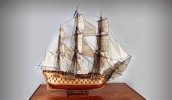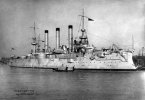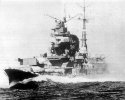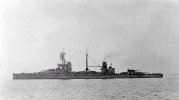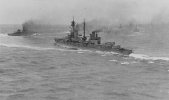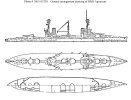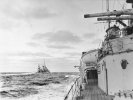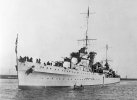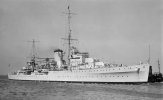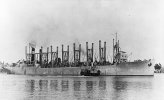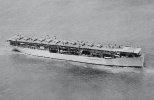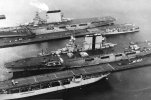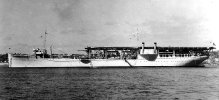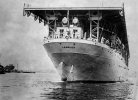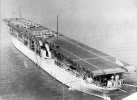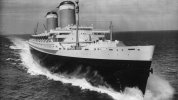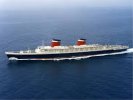GroundPounder
Well-Known Member
My granddaddy was a WW II Naval aviator, and was as polite and tolerant a person as anyone born in 1917 could ever be. He went out of his way to treat everyone properly and received some flack for being opened minded during the Civil Rights era.True, but I think people forget just how vicious WWII was - worse than WWI in terms of “hating the enemy.” But I fear this is what the next major war will be like and the nail biting “law of warfare” types will be shoved into the back seat.
All that being said, he went to his grave with whatever emotion is just shy of hatred ( like maybe .02% ) for the Japanese. He was temporarily on Guadalcanal just after the fighting, and from that day forward he had no love for anything Japanese. He didn't talk about the war much, but Guadalcanal was off limits. His knowledge was from being there after the majority of the fighting, not as a participant.

